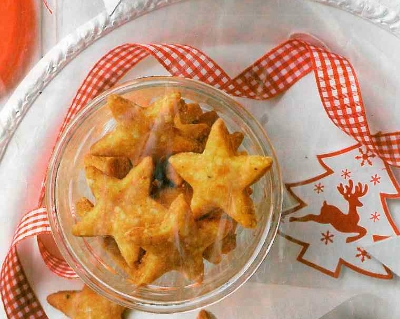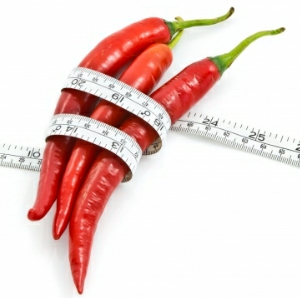
I had a mindless run the other morning. Didn’t really want to do it, but I knew twenty minutes wasn’t going to kill me, so I laced up the running shoes. It certainly wasn’t the day to be thinking about and experimenting with form though. It was a day to just let thoughts float in and out of my head, until I got into a space where my mind was clear. And that’s exactly how it went. After 18 minutes, I forgot how much I didn’t want to do it and started enjoying my run. So, I got a whole two minutes of enjoyment, but a whole day’s satisfaction for having done it, and a far more productive day to boot.
But….. if this is the way you run all the time, you’re missing out on the opportunity to maximise your training time. Whether your goal is to run faster, run further, run injury free, or some combination of those, you can’t spend all your time in la-la land and hope to improve to your full potential.
Tips For Running Mindfully
- Pick one thing about your running which you would like to improve – it might be running up hill or running down hill, it might be trying not to overstride, it might be running at an even pace for your whole run, negative splitting your run, running at a very slow pace over a longer distance. There are heaps of things you can pick to concentrate on, but make sure you choose only one for that run, and be sure on what you want to achieve. Work on that one thing for a few weeks, until you feel you’ve nailed it.
- Be patient. You’re not going to change your running overnight, but with frequent attention to detail, it will happen.
- Experiment a little. Drawing on the knowledge and experience of others is a great starting point, but you need to work from this starting point to develop a technique that suits you. Only you can know what it feels like to be running in your shoes. Yes, take my ideas on board (and those of others) but check it all out for yourself.
- Focus for short periods of time during your run. Don’t try to think about what you’re doing every single stride, or you’ll be mentally fatigued by the end of it. The exception here is when you’re pace is the focus –either racing, time trialling, or being sure you’re running easy.
- Try running without gadgets. Run on how you feel from time to time, and when you do use a gadget, for pacing for example, be mindful of how you feel at that pace. Make a note of that in your training diary, so you can compare different training runs. Your records will be far more meaningful if you can compare how you felt on your runs. You might run a 55 min 10 km in a training run and feel like you could go on forever, whereas you might do the same run 6 weeks later in the same time, but feel like you’ve been hit by a bus at the end of it. This can give much more info about the effectiveness of your training program than your times alone.
- Throw mindless running into the mix. Don’t be hell bent on always fixing and improving. Take some time to just get out there and let your thoughts drift off. Afterall, part of why we run is for the sheer joy of movement, and the mental lift we get as a result.
I’d love to hear about the types of things you focus on when you’re running, or whether you do at all.








 Don’t obsess about what not to eat. Here are eight foods which could actually help you to lose weight by eating them! You could also take a look at other ways to
Don’t obsess about what not to eat. Here are eight foods which could actually help you to lose weight by eating them! You could also take a look at other ways to
 How is it that some women have glowing, healthy, smooth looking skin?
How is it that some women have glowing, healthy, smooth looking skin?